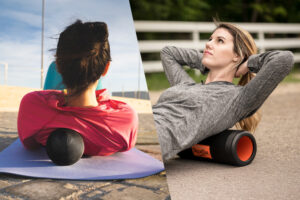
Free Shipping on $50+
Is back pain sidelining you from the activities you enjoy? Or do you bend down to pick something up and feel pain lifting or can’t stand up straight? Does any of this sound familiar? Say goodbye to the pain and discomfort and live your life fully.
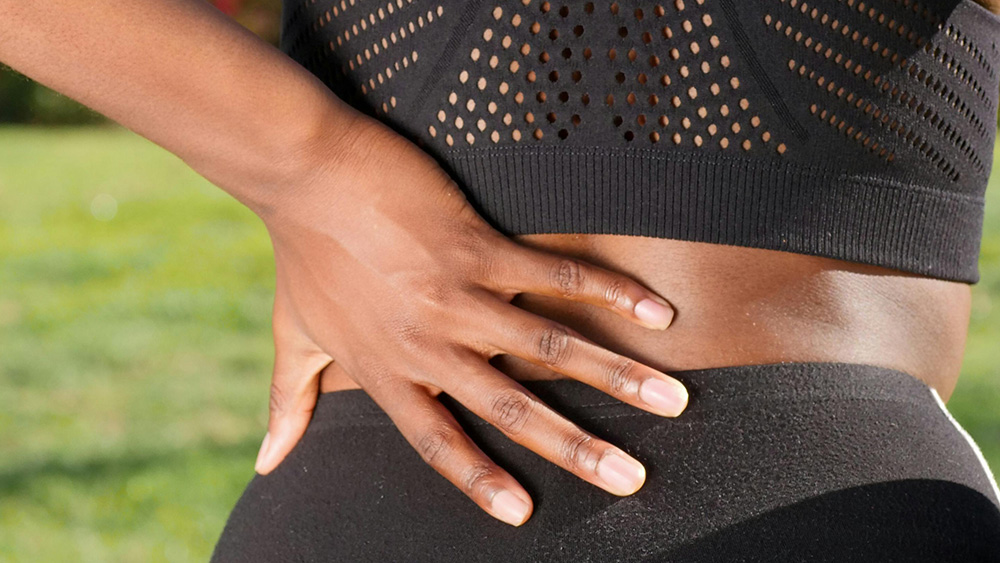
Well-documented clinical research has concluded 70-85% of all pain is believed to come from little, tiny knots in the muscle (clinically known as trigger points). The good news is pain caused by muscle knots can be easy to fix. Pain in the back can come from many different muscles throughout the body. Back pain can be caused by muscles in the hamstrings, glutes, lower back, and upper back. Many people suffer from low back pain due to incorrect lifting, posture, and flexibility.
There are many myths about back pain. Some of these include:
Knowing what to do can be confusing. It is becoming evident that resting and doing nothing can worsen back pain. Incorporating activities such as foam rolling, movement, stretching, and flexibility can help improve symptoms and reduce pain. Goodbye Back Pain is a workshop based on The Tiger Tail Method which breaks down into 3 parts:
One example is rolling the lower back with the Tiger Tail 18” roller, stretching the lower back followed by active movement. Below is a sample sequence that is taught in our Goodbye Back Pain class at SCW MANIA® Conventions.
1. Roll:
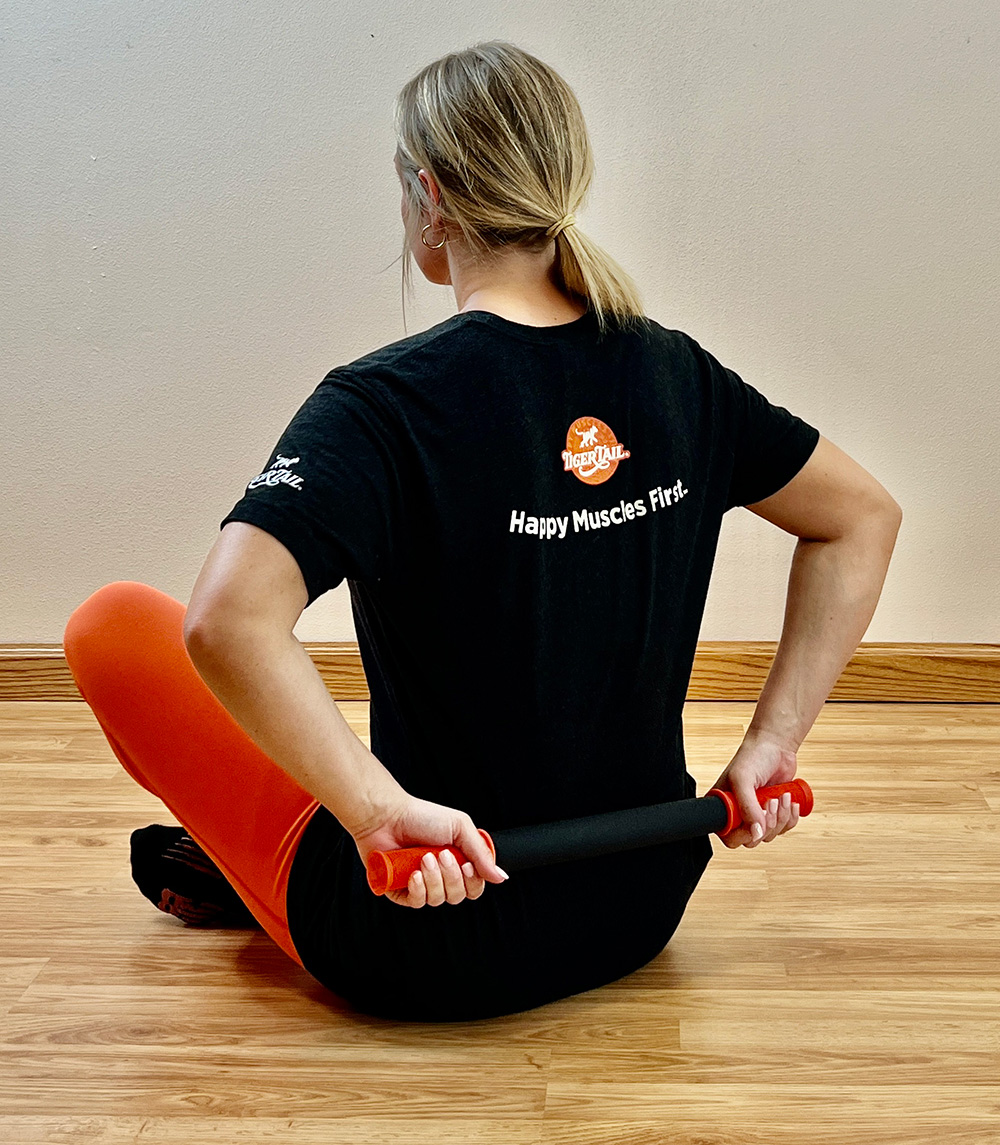
Low Back – 18″ roller
2. Release
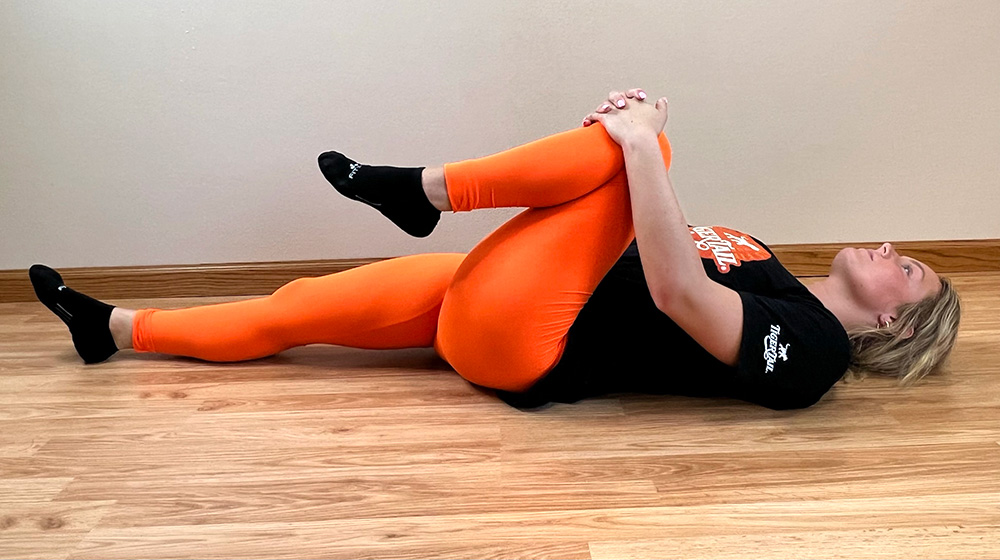 Knee to chest stretch
Knee to chest stretch
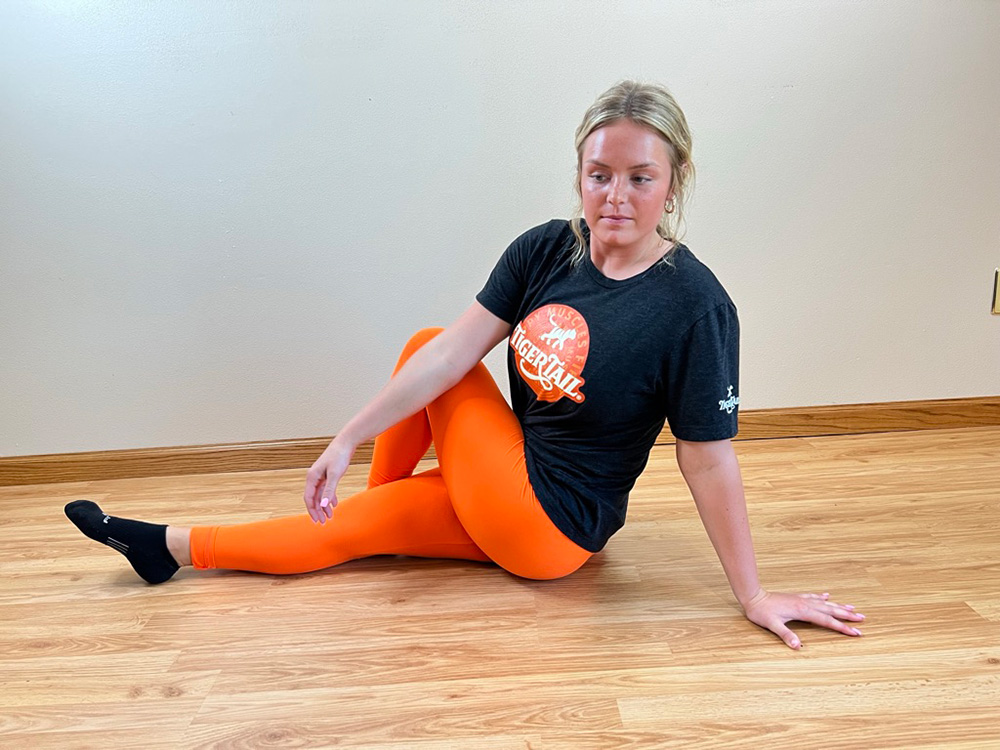 Seated Spinal Twist
Seated Spinal Twist
3. Restore
Cat Cow stretch
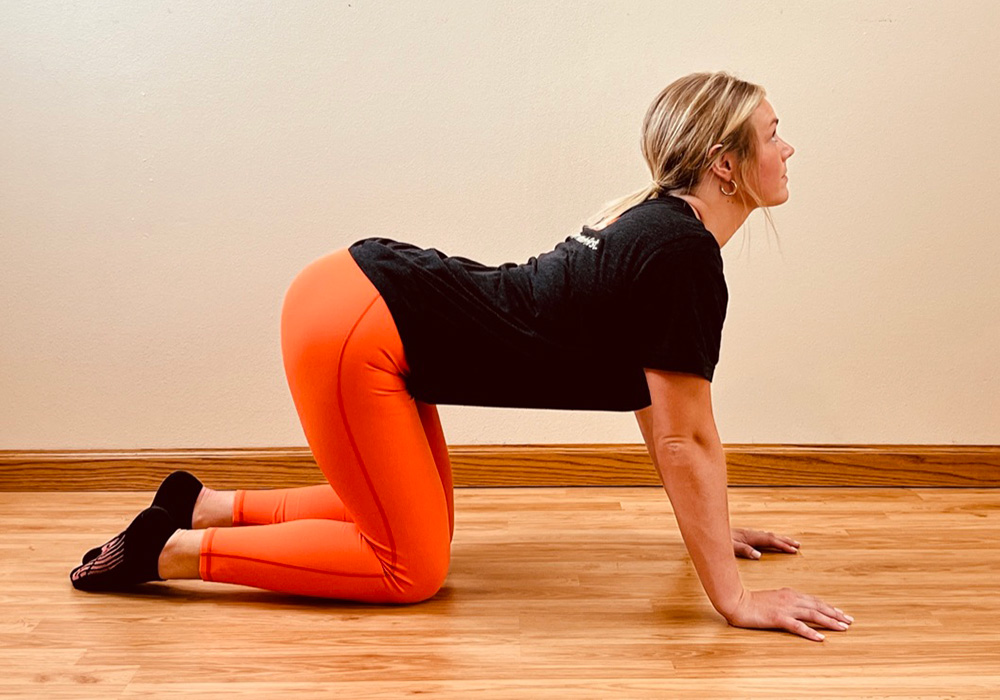
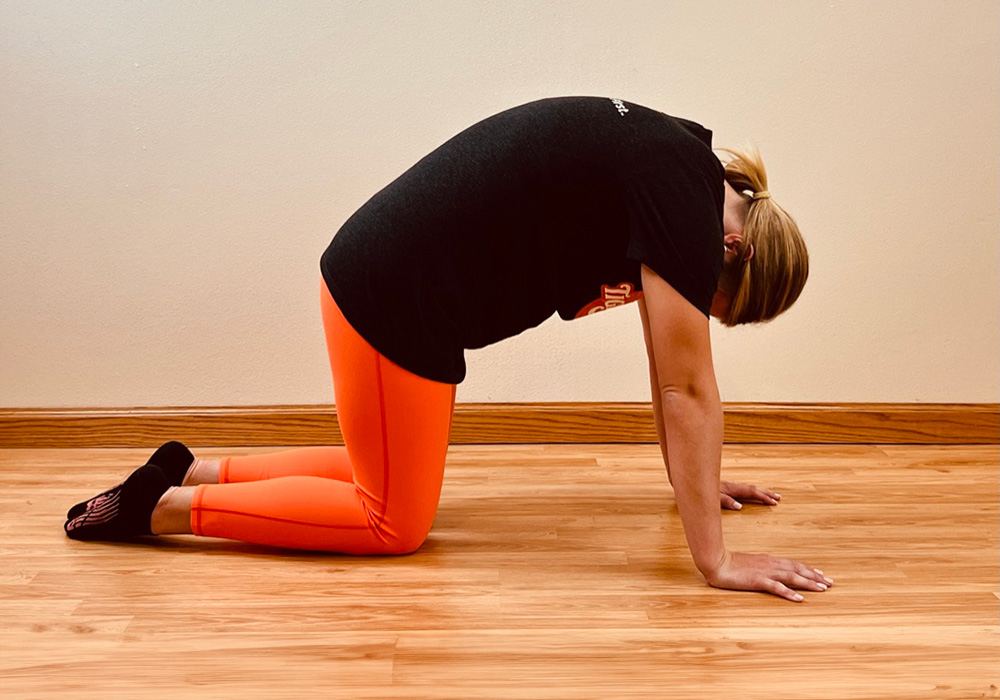
For more information on Tiger Tail courses and tools, visit www.tigertailusa.com/classes or email [email protected]. We will be presenting Goodbye Back Pain at SCW DC and California MANIA®. In this course, we will look at contributing factors and assessments that personal trainers can incorporate with their clients along with how to use Tiger Tail tools and Tiger Tail Methods to help clients reduce pain and become more active.
Join us at DC MANIA®, February 23- 25, 2024 at the Hyatt Regency Dulles Hotel, California MANIA®, March 22-24, and Florida MANIA®, May 3-5. Tiger Tail USA will be presenting sessions on Tiger Tail® Goodbye Back Pain and many more. Stop by the Tiger Tail booth at the FREE Expo for great deals on Tiger Tail muscle care tools.
Stay Up-to-Date!
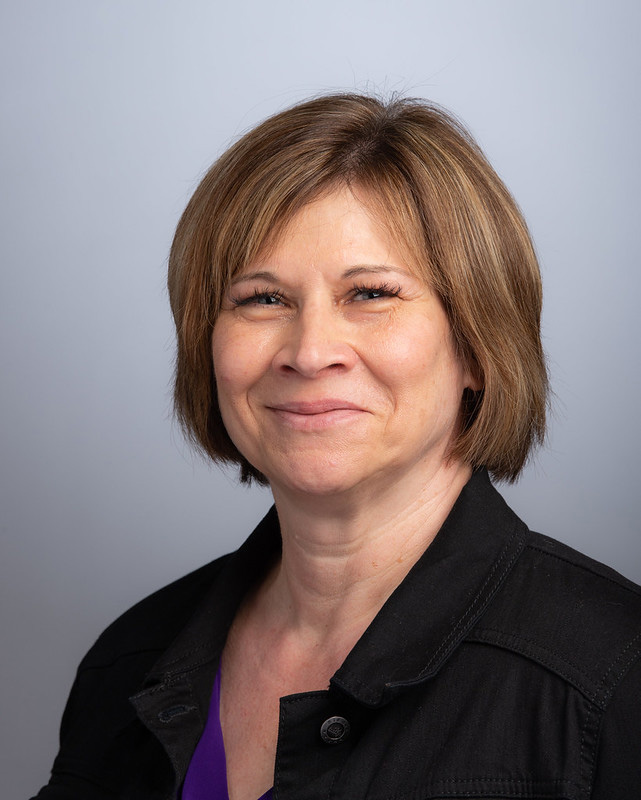
Dr. Julie Zuleger has over 20 years of experience as a Licensed Massage Therapist, Certified Strength, and Conditioning Specialist (CSCS), Corrective Exercise Specialist, RYT-500 Yoga Instructor, and Human Movement Specialist. Julie promotes self-care using massage tools and stretching-based programs and teaches continuing education courses for yoga teachers, massage therapists, athletic trainers, strength and conditioning, fitness, and wellness professionals. Julie holds a PhD in Education and is the Director of Kinesiology and Education at Tiger Tail USA.